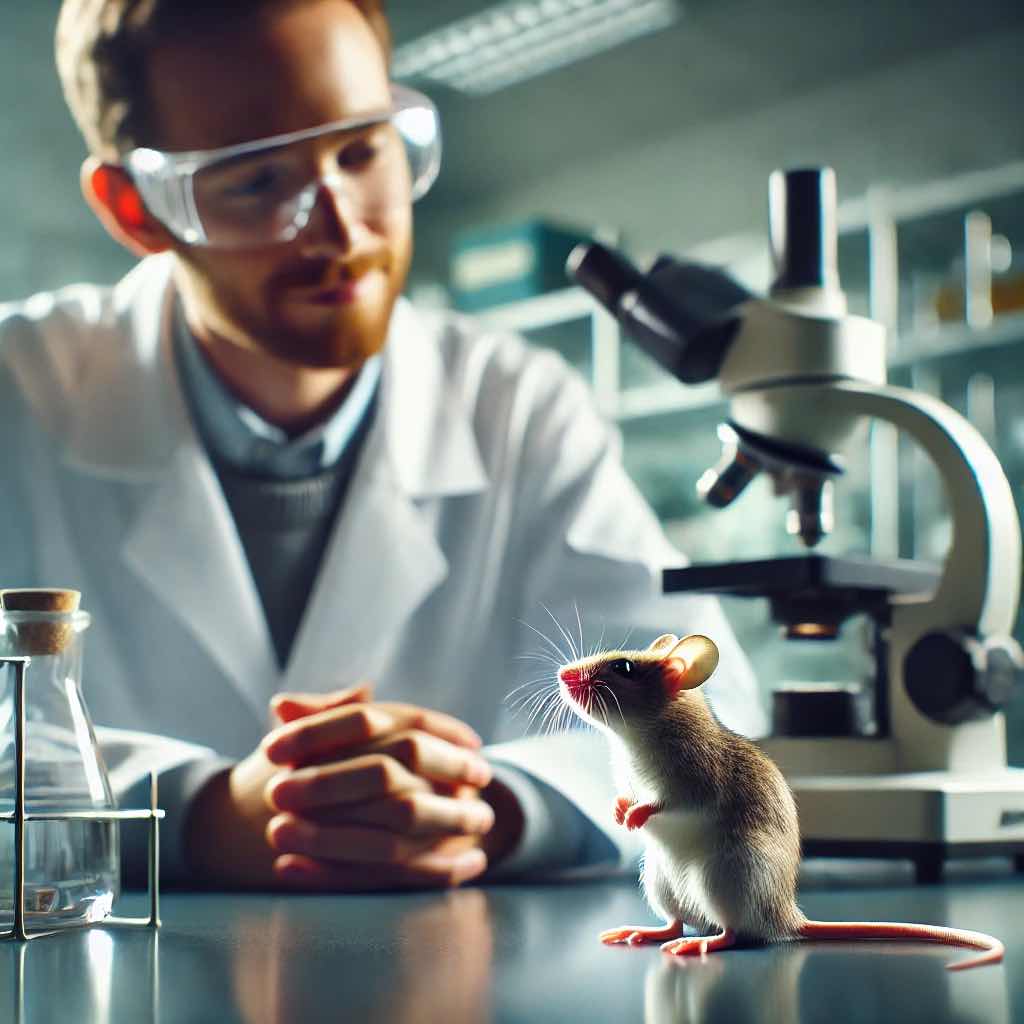The Ultimate Guide to Feeder Mice
Feeding your snake the right size prey is a fundamental aspect of its care. Feeder mice are a staple diet for many snake species, and they come in a variety of sizes to match the dietary needs of snakes at different life stages. In this guide, we’ll explore the various sizes of feeder mice and the corresponding sizes of snakes that they are best suited for.
Pinkie Mice (Newborn Mice)
Pinkie mice are the smallest feeder mice, consisting of newborns that are just a day or two old. They are hairless, blind, and weigh between 1 to 2 grams. These tiny, delicate mice are about 1 inch long and have minimal fat and muscle content.
Best Suited For:
- Hatchling or very small juvenile snakes.
- Small snake species such as baby corn snakes, milk snakes, and garter snakes.
Pinkie mice are an ideal first meal for hatchling snakes, providing an easily digestible meal with just enough nutrition to get them started on a regular feeding routine.
Fuzzy Mice (Older Newborns)
Fuzzy mice are a bit older than pinkies, generally 5-10 days old, and have just started to develop a thin layer of fur. These mice weigh between 2 to 5 grams and are about 1.5 inches long. Fuzzies contain more muscle and fat, making them a slightly more substantial meal.
Best Suited For:
- Juvenile snakes that have outgrown pinkies.
- Small to medium snake species such as young kingsnakes, baby ball pythons, and smaller colubrids.
Fuzzy mice offer a more balanced nutritional profile than pinkies and are great for growing snakes that need more than the minimal nutrition pinkies provide.
Hopper Mice (Weanling Mice)
Hopper mice are juvenile mice that are more active and have fully developed fur. They weigh between 5 to 9 grams and are about 1.75-2 inches long. Hoppers are a perfect intermediary size for snakes transitioning from fuzzies to adult mice.
Best Suited For:
- Juvenile to subadult snakes.
- Medium-sized snake species such as young ball pythons, corn snakes, and kingsnakes.
Hopper mice provide a more substantial meal for snakes that are still growing but are not yet ready for adult mice. They are an excellent source of protein and fat, essential for healthy growth.
Adult Mice (Regular Adult Mice)
Adult mice are fully grown and weigh between 15 to 20 grams. They are about 2.5-3 inches long, excluding the tail. These mice are the standard feeder size for many adult snakes and offer a complete nutritional package.
Best Suited For:
- Subadult to adult snakes.
- Medium-sized snake species such as adult corn snakes, kingsnakes, and ball pythons.
Adult mice are commonly fed to a wide range of snakes and are often the go-to size for adult snakes that are medium-sized. They provide a good balance of protein, fat, and other essential nutrients.
Jumbo Mice (Large Adult Mice)
Jumbo mice are oversized adult mice, typically weighing between 30 to 50 grams. They are about 3.5 inches long, excluding the tail, and are the largest size of feeder mice available.
Best Suited For:
- Large adult snakes.
- Larger snake species such as large ball pythons, smaller boas, and adult kingsnakes.
Jumbo mice are ideal for snakes that require a larger meal but are not yet large enough to handle a small rat. They provide a hearty, nutrient-rich meal that sustains larger snakes and reduces the frequency of feeding.
Choosing the Right Size Feeder Mouse
When choosing the appropriate size feeder mouse for your snake, it’s important to follow a general guideline: the prey should be no larger than the widest part of your snake’s body. Feeding prey that is too large can lead to regurgitation, difficulty swallowing, and other health issues. On the other hand, feeding prey that is too small may not provide adequate nutrition, especially for growing snakes.
In addition to considering the size of the prey, it’s also essential to monitor your snake’s behaviour, weight, and overall health. Adjusting the size of the prey or the feeding frequency can help maintain your snake’s ideal body condition.
Why Feeder Mice Are a Great Choice
Feeder mice are a popular choice for snake owners for several reasons:
Availability: Feeder mice are widely available in various sizes, making it easy to find the perfect size for your snake at any stage of its life.
Nutritional Value: Mice provide a well-rounded diet with the right balance of protein, fat, and essential nutrients that snakes need to thrive.
Cost-Effective: Mice are generally more affordable than larger prey such as rats, making them a budget-friendly option for many snake owners.
Ease of Feeding: Mice are easy to handle and store, especially when purchasing frozen-thawed mice, which can be kept in the freezer and thawed as needed.
Feeder mice are an excellent choice for providing your snake with a balanced, nutritious diet at every stage of its life. From tiny pinkies for hatchlings to jumbo mice for larger adults, selecting the appropriate size of feeder mouse ensures that your snake receives the nutrients it needs to grow and maintain a healthy, active lifestyle. Always source your feeder mice from reputable suppliers to ensure the quality and safety of your snake’s food.
By feeding your snake the right size prey, you can support its long-term health and well-being, ensuring that it thrives in your care.
Nutritional Breakdown of an Adult Feeder Mouse:
- Weight: Approximately 20-25 grams
- Calories: ~30-40 kcal
Macronutrients:
- Protein: 54-60% (on a dry matter basis)
- Fat: 25-30% (on a dry matter basis)
- Carbohydrates: ~1-2% (on a dry matter basis)
- Fiber: <1%
Micronutrients:
- Calcium: ~0.7-1.2% (important for bone health in reptiles)
- Phosphorus: ~0.6-0.9% (crucial for energy storage and use)
- Calcium to Phosphorus Ratio: ~1.5:1 to 2:1 (important for metabolic processes and bone health)
- Vitamins: Contains essential vitamins such as Vitamin A, B-complex vitamins (like B12), Vitamin D, and Vitamin E.
- Minerals: Includes trace minerals such as magnesium, potassium, sodium, zinc, and iron.
Variations by Size:
- Pinkies (Newborn Mice): Lower in fat and overall nutritional content due to undeveloped muscle and fat stores. They are also lower in calcium since they have less developed bones.
- Fuzzies/Hoppers (Juvenile Mice): Intermediate nutritional value with higher protein and fat content than pinkies, but still less than adult mice.
- Adult and Jumbo Mice: Highest in overall nutritional content, including protein, fat, and essential vitamins and minerals. These are ideal for adult snakes needing a more substantial meal.
Feeder mice offer a balanced nutritional profile that supports the growth and maintenance of health in snakes. The combination of high protein, moderate fat, and essential micronutrients makes them an excellent choice for feeding various snake species at different life stages. When selecting feeder mice, it’s essential to match the size and nutritional needs to the specific requirements of your snake to ensure optimal health.

